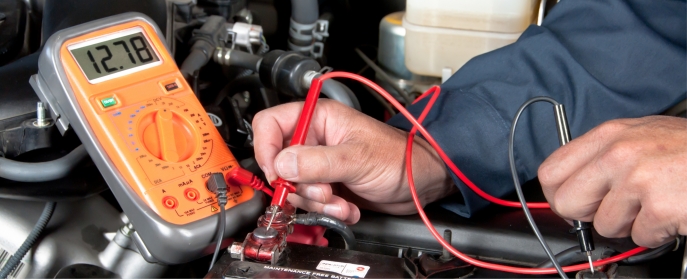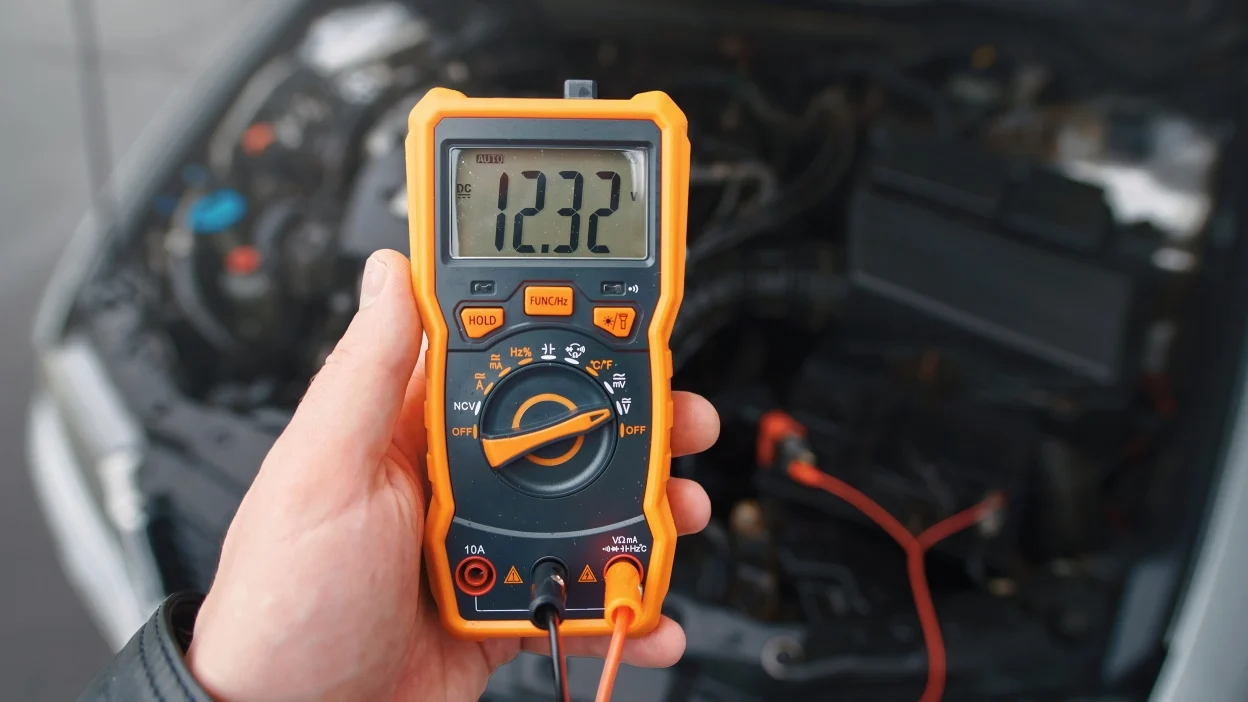If you’re a car enthusiast or a DIY mechanic, learning how to replace a timing belt in a car is a crucial skill. The timing belt is a vital component in your vehicle’s engine, ensuring that the crankshaft and camshaft rotate in sync. Over time, this belt can wear down and stretch, potentially causing engine damage if not replaced on time. In this blog post, we’ll walk you through the process of how to replace a timing belt in a car, ensuring you can keep your engine running smoothly.
Table of Contents
Why Replacing the Timing Belt is Important
Before diving into how to replace a timing belt in a car, it’s important to understand why this maintenance task is essential. The timing belt keeps your engine’s internal components in perfect harmony. If the belt breaks or slips, it can cause catastrophic engine failure. Regularly replacing the timing belt can prevent expensive repairs down the road. Typically, most vehicles need a timing belt replacement every 60,000 to 100,000 miles, but always consult your vehicle’s owner manual for specific recommendations.
Tools You’ll Need to Replace the Timing Belt
When you decide how to replace a timing belt in a car, having the right tools is crucial for a smooth process. Here’s a list of tools you’ll need:
- Wrenches and sockets
- Timing belt kit (includes the belt and pulleys)
- Jack and jack stands
- Timing light
- Torque wrench
- Vehicle repair manual
Step-by-Step Instructions on How to Replace a Timing Belt in a Car
Now, let’s get into the details of how to replace a timing belt in a car. Follow these steps carefully for a successful replacement.
Step 1: Disconnect the Battery
Before starting any work on your vehicle, always disconnect the car battery to prevent any accidental shocks or electrical issues while replacing the timing belt.
Step 2: Lift the Vehicle
Use a jack to lift your vehicle and place it on jack stands. Ensure that the car is securely supported before continuing.
Step 3: Remove the Serpentine Belt and Engine Covers
To access the timing belt, you’ll first need to remove the serpentine belt and any engine covers obstructing the timing belt area.
Step 4: Locate the Timing Belt
Consult your vehicle’s repair manual to locate the timing belt. Once located, note the orientation of the timing marks on the camshaft and crankshaft pulleys.
Step 5: Loosen the Tensioner
Using the appropriate tools, loosen the timing belt tensioner. This will release the tension on the belt, allowing you to remove it.
Step 6: Remove the Old Timing Belt
Carefully remove the old timing belt, being cautious not to disturb the timing marks. If you’re replacing the timing pulleys, now is the time to do so.
Step 7: Install the New Timing Belt
Position the new timing belt, aligning it with the timing marks on the camshaft and crankshaft pulleys. Make sure the belt is properly tensioned.
Step 8: Reassemble the Engine
Once the new timing belt is installed, reassemble all the components you removed, including the serpentine belt and engine covers.
Step 9: Reconnect the Battery
Reconnect your car battery, and you’re ready to test your work. Turn the engine on and listen for any unusual noises. If everything runs smoothly, you’ve successfully learned how to replace a timing belt in a car.

Common Mistakes to Avoid When Replacing a Timing Belt
While learning how to replace a timing belt in a car is important, it’s equally essential to avoid common mistakes. Here are a few to watch out for:
- Not aligning timing marks correctly: Incorrect alignment can cause your engine to run poorly or even cause internal damage.
- Failing to replace the tensioner and pulleys: Over time, these components can wear out and affect the performance of the new timing belt.
- Not tightening bolts properly: Loose bolts can cause parts to come undone or fail, which can lead to engine damage.
Conclusion
In conclusion, knowing how to replace a timing belt in a car can save you a lot of money on mechanic fees and extend the lifespan of your vehicle’s engine. It’s a straightforward process that requires careful attention to detail. Be sure to follow the steps in this guide and use the right tools for the job. If you’re not comfortable performing this task, consider seeking professional assistance.
By taking the time to replace your timing belt when needed, you ensure your car remains in top condition for years to come. Don’t forget to check your vehicle’s manual for specific intervals on how to replace a timing belt in a car and keep up with regular maintenance to avoid unexpected repairs.
Related Post:
For more information on car maintenance, check out our guide on how to replace a car’s air filter, which is another essential part of keeping your engine running smoothly.





Leave a Reply